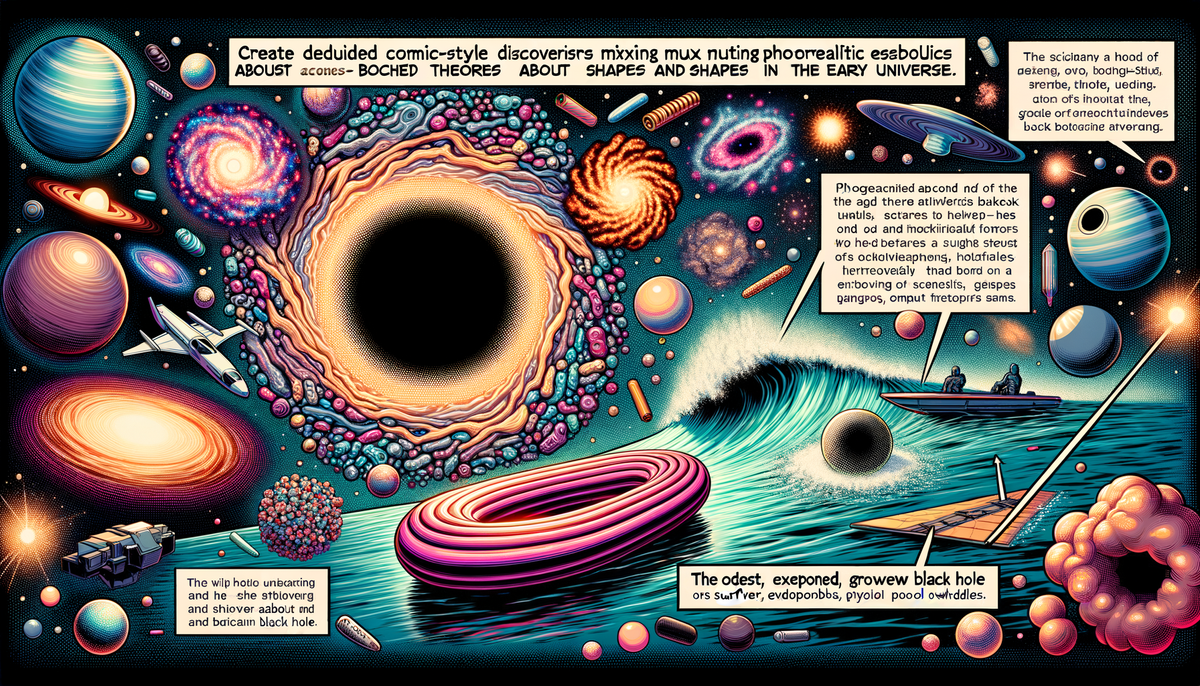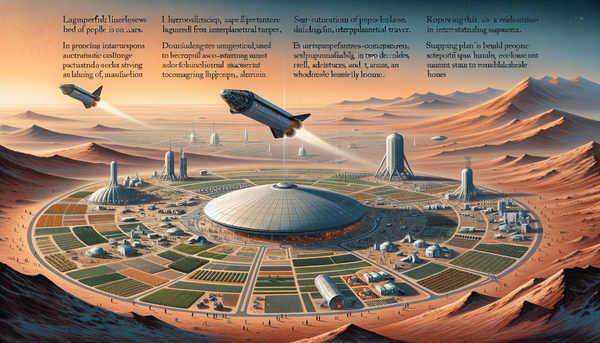James Webb Telescope Discovers Earliest Black Hole and Surfboard Galaxies

Recent observations from the James Webb Space Telescope (JWST) have unveiled that the early universe was populated by galaxies with unexpected shapes, often flat and elongated, resembling surfboards and pool noodles. A study analyzing these formations suggests that between 50 to 80% of the early galaxies exhibit this two-dimensional flattening, which stands in contrast to the more commonly identified shapes of later galaxies.
Additionally, the JWST has detected the oldest known black hole, surpassing 13 billion years in age and originating a mere 430 million years following the Big Bang. This finding has confounded astronomers and altered prevailing theories regarding the early universe. The black hole in question, discovered in the galaxy GN-z11, challenges the conventional understanding of black hole growth, indicating that such entities could have developed more rapidly than previously believed. It appears to have experienced a significant growth spurt within the first 400 million years of its existence, implying a potential missing link in the formation process of supermassive black holes.
The research on this ancient black hole, named GN-z11, supports the 'direct collapse' model for the creation of supermassive black holes, as opposed to the gradual build-up from a large star. The data reveals that the black hole is ingesting matter at a remarkable rate, which could lead to powerful galactic winds that may eventually deplete the galaxy of the gas required for star formation, turning it into a quiescent entity. This discovery not only pushes the boundaries of our knowledge of black hole formation but also raises the possibility of finding even older black holes, which could further illuminate the origins of the universe.




